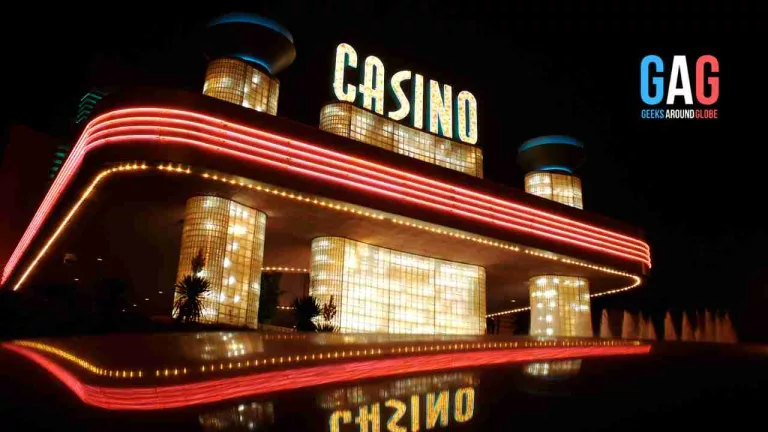- 1. Clear Communication: Explaining Review Procedures and Findings in Plain Language
- 2. Engagement Transparency: Providing Clients with Insight into the Review Process and Methodology
- 3. Client Education: Offering Resources and Guidance to Help Clients Understand Review Engagement Results
- 4. Continuous Improvement: Seeking Feedback and Iteratively Refining Review Procedures for Clarity and Effectiveness
The subject matter of review engagement procedures can often be complex and daunting. This complexity can lead to misconceptions, miscommunications, and misunderstandings, which in turn can hamper the efficiency and effectiveness of the review engagement process. However, by unraveling these complexities and simplifying these procedures, businesses and individuals alike can gain a better understanding of the process and reap the benefits of a more streamlined and efficient review engagement.
Clear Communication: Explaining Review Procedures and Findings in Plain Language
Clear communication is the cornerstone of any successful interaction, and this principle holds true in the domain of review engagement procedures. When explaining review procedures and findings, it is important to use plain language that can be easily understood by all stakeholders, regardless of their prior knowledge or familiarity with the subject.
In the realm of review engagement procedures, the use of jargon and technical language can often create barriers to understanding. By using plain language, these barriers can be broken down, allowing clients to fully comprehend the process and findings. This, in turn, can lead to more informed decisions and actions, leading to better overall results.
Furthermore, clear communication of review procedures and findings can also help to build trust and rapport between the reviewer and the client. By clearly explaining the procedures and findings in a way that the client can understand, the reviewer demonstrates their expertise and professionalism, while also showing respect for the client’s understanding and perspective.
Engagement Transparency: Providing Clients with Insight into the Review Process and Methodology
Transparency in the review engagement process is another key factor in simplifying these procedures and promoting better understanding. By providing clients with insight into the review process and methodology, they can gain a better grasp of what to expect, what is expected of them, and how the process works.
This involves clearly explaining the stages of the review process, the methods used to gather and analyze data, and the rationale behind these methods. By doing so, clients can understand the purpose and value of each stage of the process, and can appreciate the thoroughness and rigor of the review.
Moreover, transparency in the review process can also foster a sense of collaboration and partnership between the reviewer and the client. By involving the client in the process and allowing them to see the inner workings of the review, they can feel more engaged and invested in the outcome, leading to a more positive and productive review engagement.
Client Education: Offering Resources and Guidance to Help Clients Understand Review Engagement Results
Education is a powerful tool for promoting understanding, and this is particularly true in the context of review engagement procedures. By providing clients with resources and guidance to help them understand the review engagement results, businesses can empower their clients to take ownership of the process and its outcomes.
This can involve providing written guides or tutorials, offering training sessions or workshops, or even creating interactive online resources. These educational materials can cover a range of topics, from the basics of the review engagement process, to the interpretation of review findings, to the application of these findings in decision-making and action planning.
Furthermore, client education is not a one-time event, but a continuous process. As the review engagement process evolves and new findings emerge, businesses should update their educational materials and offer ongoing support and guidance to their clients. This can help to ensure that clients stay informed and engaged, and can make the most of the review engagement process.
Continuous Improvement: Seeking Feedback and Iteratively Refining Review Procedures for Clarity and Effectiveness
Finally, simplifying review engagement procedures and promoting better understanding is not a one-and-done affair. Rather, it is a process of continuous improvement, involving ongoing feedback and iterative refinement of the procedures for clarity and effectiveness.
This involves actively seeking feedback from clients and other stakeholders on their understanding of the review process and findings, as well as their experience of the review engagement. This feedback can then be used to identify areas of confusion or misunderstanding, and to make necessary adjustments to the review procedures.
Moreover, continuous improvement also means staying abreast of changes and developments in the field of review engagement, and regularly updating and refining the procedures to align with best practices. By doing so, businesses can ensure that their review engagement procedures remain relevant, reliable, and effective, and can continue to serve the needs and expectations of their clients.
In conclusion, by focusing on clear communication, engagement transparency, client education, and continuous improvement, businesses can unravel the complexities of review engagement procedures and promote better understanding among their clients. This, in turn, can lead to more effective and successful review engagements, benefiting both the businesses and their clients.







